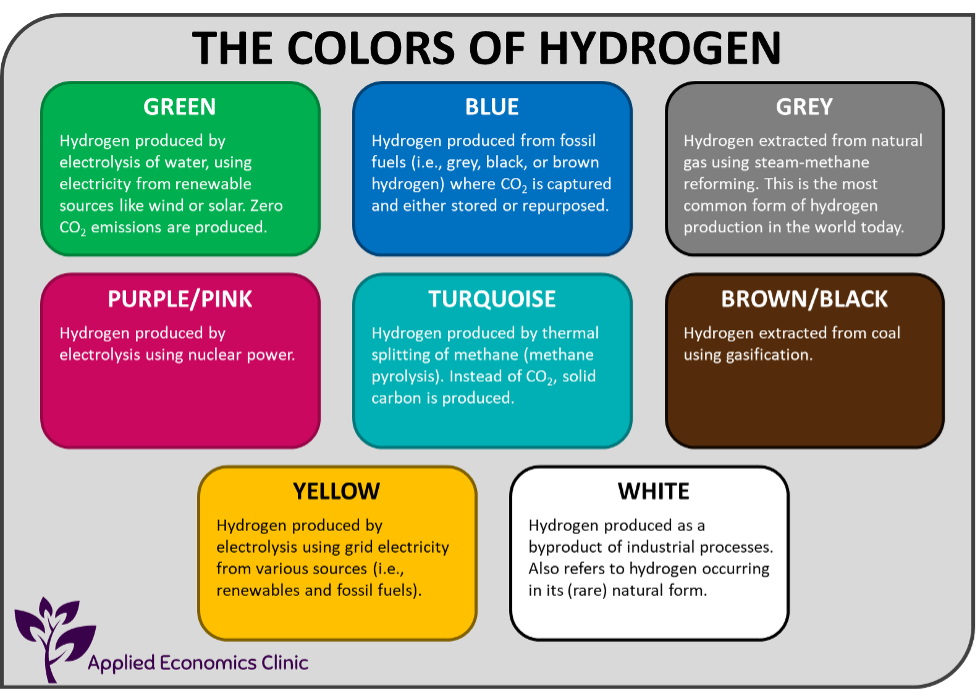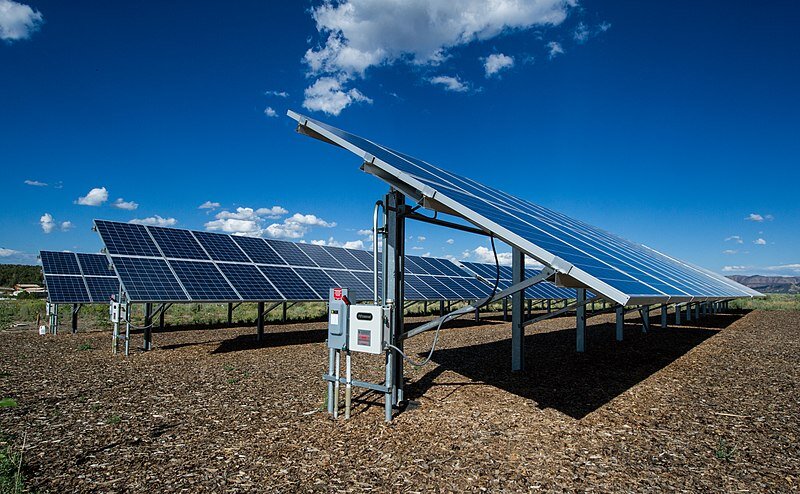A commonly expressed concern about climate models used in policy making is that they place too much emphasis on achieving economic growth, even kinds of growth that interfere with greenhouse gas emissions reduction targets. For example, a report by the European Investment Bank warns against letting economies grow too fast, suggesting that higher growth—say from a massive climate investment program—might increase emissions if the investment unintentionally drives fossil fuel investment as well. In the EIB’s view, climate investment and a healthy economy are benefits to be traded off against one another: We can only have one or the other.
But this argument is unnecessarily bleak. Investment in new renewable generation, energy efficiency improvements, zero-carbon manufacturing, and clean transportation makes green goods and services for workers to purchase, and gives workers and income with which to make these purchases. Even though climate investment increases the size of the economy, emissions continue to fall because the new investment is replacing money spent on dirtier technologies, not adding to it.
Instead of facing a tradeoff between climate investment and economic well-being, rich nations can make climate investment succeed by facilitating the rapidly increasing market in cleaner goods and services. For businesses to invest in zero emissions products they need to see a track record of success: customers buying those products. That increased certainty will lead businesses to spend more on improving green products, making them cheaper, and disseminating them widely.
Effective government policy can accelerate this process. In the United States, the government could use an aggressive clean energy standard. Direct federal purchases of cleaner technologies, such as by electrifying the government’s entire fleet of vehicles or transitioning all government properties off fossil fuel energy sources, would kickstart an enormous market for greener production. Any effort to tax goods that result in greenhouse gas emissions should be paired with dividends to consumers, giving them funds to spend on cleaner alternatives. All of these policies to boost green consumption are necessary complements to policies that focus specifically on green technological innovation, commercialization of new technologies, or policies that help businesses overcome capacity or supply chain problems. These actions can also cement the political viability of decarbonization by ensuring that workers and communities reap the rewards of clean investment.



































